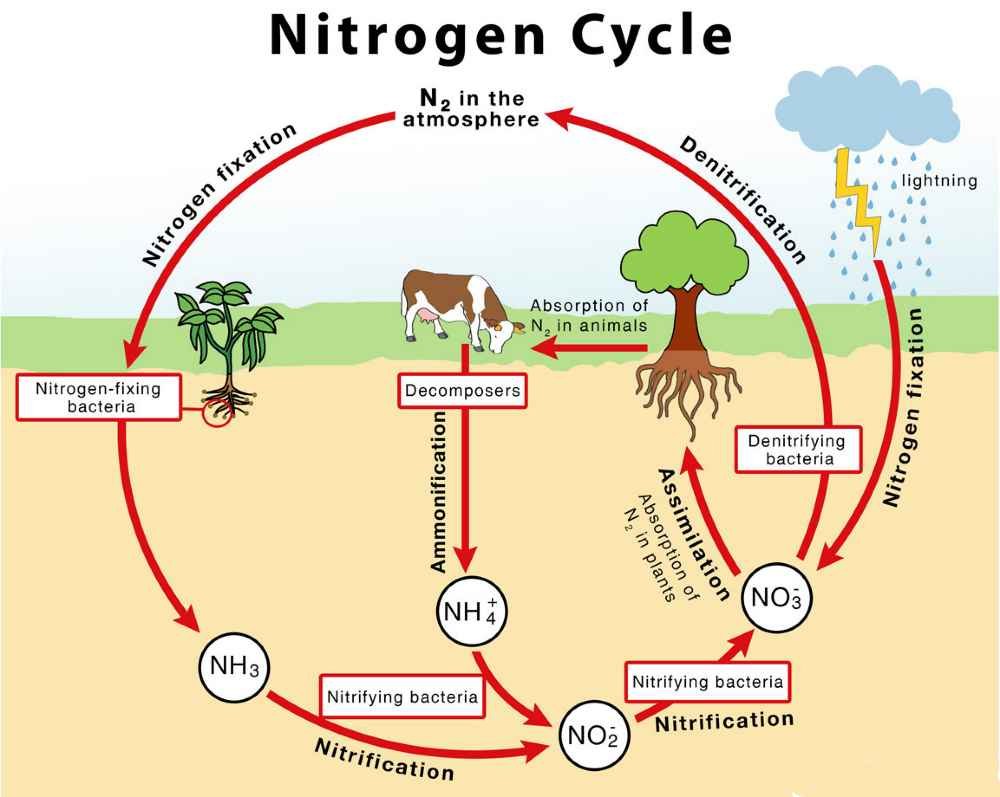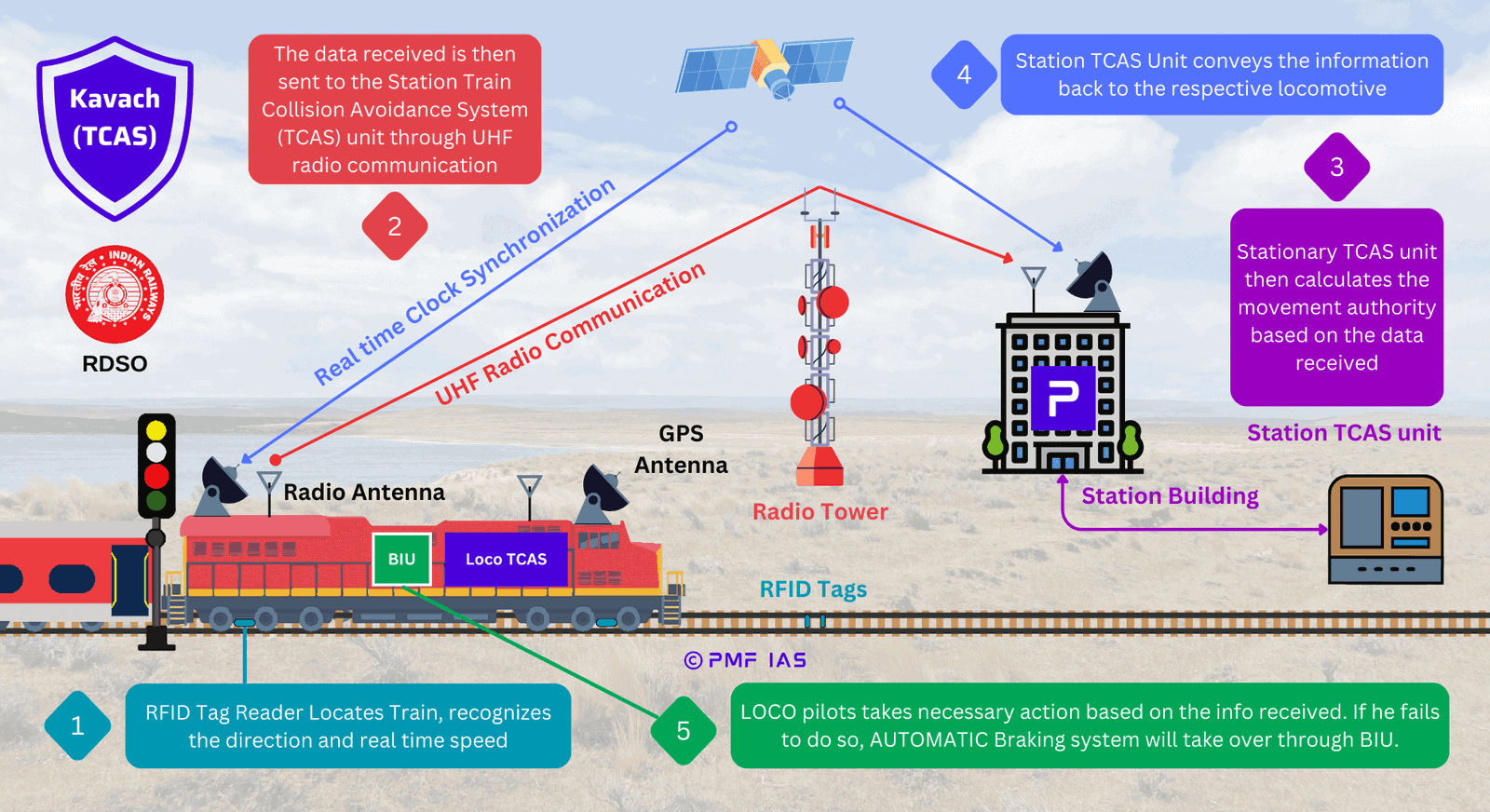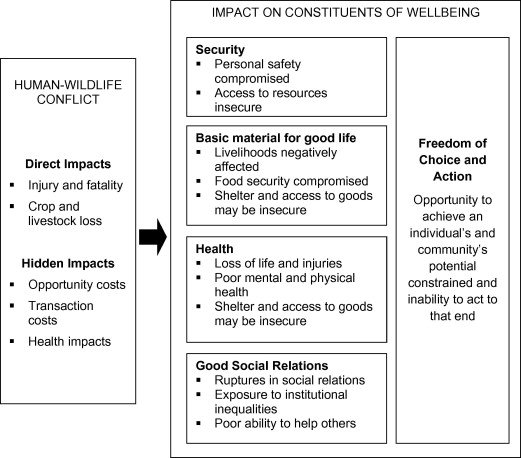
Death by Nitrogen: Alabama Execution
Subscribers of "Current Affairs" course can Download Daily Current Affairs in PDF/DOC
Subscribe to Never Miss an Important Update! Assured Discounts on New Products!
Must Join PMF IAS Telegram Channel & PMF IAS History Telegram Channel
- Context (IE): Alabama carried out the first-ever execution using nitrogen gas in the United States.
The Method
- Inmates are forced to inhale the pure nitrogen using an Industrial level air respirator.
- This deprives the body of oxygen needed to maintain bodily functions and ultimately causes death.
- Normally, we inhale nitrogen as part of atmospheric air (78%) along with Oxygen.
- Nitrogen itself is not toxic, but asphyxiation due to the absence of Oxygen leads to death.
Claims of Painless Death
- It was claimed to be a humane, momentarily, and painless death.
- It was expected to cause unconsciousness within seconds and death within minutes.
- Agonal breath (struggle to breathe) is an involuntary reflexive action, as against said painful struggle.
A botched execution in real?
- Took 22 minutes against claims of seconds.
- No immediate unconsciousness led to violent shaking, deep breaths, eyes rolling back and struggles.
- Opposers see it as the “most inhumane” way of death.
- Little research and the “guinea pig” treatment of the convict raised severe ethical and legal questions.
Death penalty in the US
- Supporters lobby on the argument of retribution, justice for victims and deterrence for heinous crimes.
- Opponents prefer reformation, arguing the absence of data regarding deterrence.
Death Penalty: International Opinions
- The International Covenant on Civil and Political Rights (ICCPR) allows the death penalty but suggests abolition in its Second Optional Protocol to ICCPR (1989).
- UN Economic and Social Council-Safeguarding Rights (1984): It safeguards the rights of convicts facing the death penalty.
- Progressive Restriction (2007-2018) by UN General Assembly Resolutions: It requests members to limit the offences eligible for the death penalty and abide by international standards.
Nitrogen
|








![PMF IAS Environment for UPSC 2022-23 [paperback] PMF IAS [Nov 30, 2021]…](https://pmfias.b-cdn.net/wp-content/uploads/2024/04/pmfiasenvironmentforupsc2022-23paperbackpmfiasnov302021.jpg)












